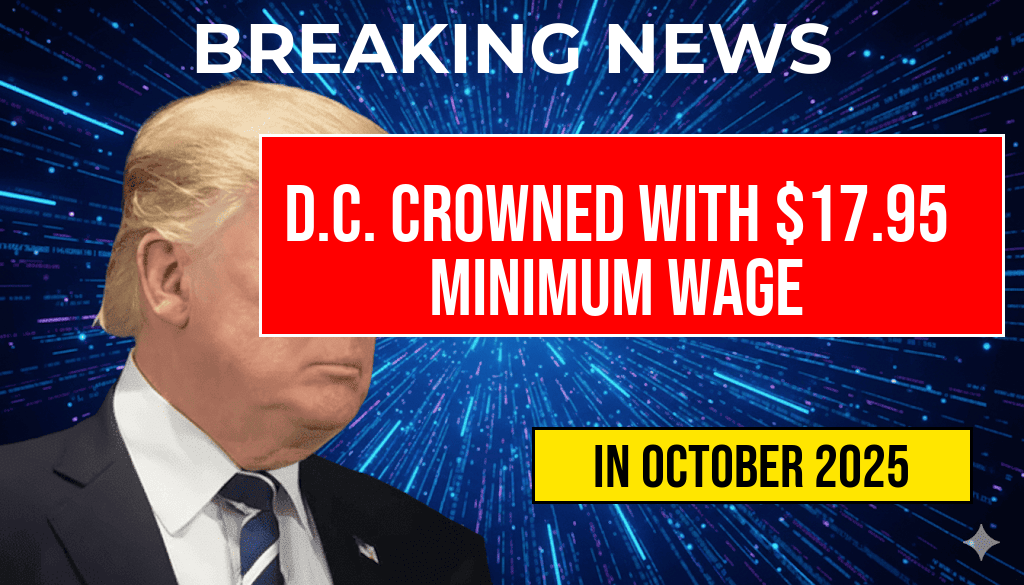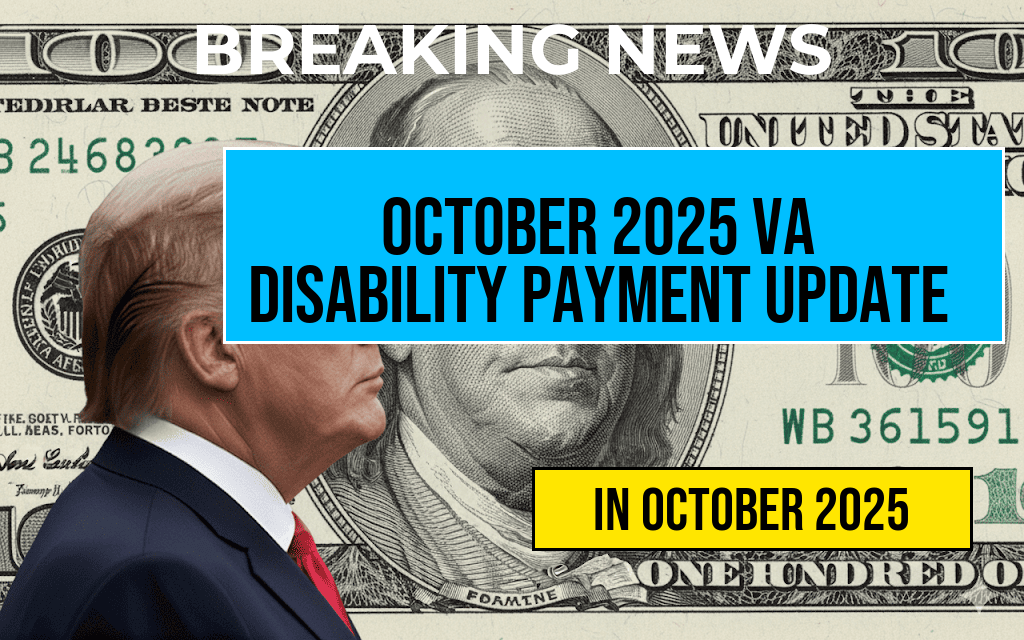The recent announcement regarding the increase in Medicare Part B premiums is raising concerns for beneficiaries who rely on Social Security cost-of-living adjustments (COLA). Starting in 2024, beneficiaries will see their monthly Medicare Part B premiums rise by $10.30, which effectively consumes a significant portion of the anticipated COLA increase. This adjustment in premiums comes as a surprise to many, especially since Social Security recipients were expecting a larger cushion against inflation. With the COLA increase projected at 3.2% for 2024, the impact of rising healthcare costs is becoming increasingly palpable for seniors and disabled individuals alike.
Understanding Medicare Part B Premium Increases
Medicare Part B covers a variety of outpatient services, including doctor visits and preventive care. Each year, the Centers for Medicare & Medicaid Services (CMS) adjusts the premiums based on various factors, including healthcare costs and projections for the upcoming year. The increase of $10.30 for 2024 marks a notable rise from previous years, where increases were often lower.
Details of the Premium Increase
| Year | Monthly Premium | Increase |
|---|---|---|
| 2023 | $164.90 | – |
| 2024 | $175.20 | $10.30 |
This increase means that in 2024, beneficiaries will pay $175.20 per month for their Part B coverage, up from $164.90 in 2023. The adjustment has been met with mixed reactions, particularly as it coincides with the COLA increase.
Impact on Social Security COLA
For 2024, the Social Security Administration has announced a COLA increase of 3.2%, which translates to an estimated increase of about $50 for the average beneficiary. However, with the rise in Medicare premiums, beneficiaries may find their net gain significantly reduced.
- Example: If a beneficiary’s monthly Social Security payment was $1,500, the COLA would add approximately $48, but the new Medicare premium increase of $10.30 would mean they are only gaining about $37.70 in real terms.
- Long-term implications: As healthcare costs continue to rise, the trend of increasing premiums could outpace future COLA adjustments, affecting beneficiaries’ purchasing power.
Responses from Advocacy Groups
Advocacy groups have voiced concerns over the rising costs of Medicare premiums. Organizations like the AARP have highlighted the financial strain that increased healthcare costs place on seniors, particularly those living on fixed incomes. They urge lawmakers to consider measures to mitigate these impacts, such as exploring options to stabilize premiums.
Looking Ahead: What Beneficiaries Can Do
Beneficiaries are encouraged to review their financial plans and consider the following strategies to cope with the increased costs:
- Budgeting: Adjust personal budgets to account for increased healthcare expenses.
- Exploring options: Look into supplemental insurance plans that may help cover additional costs.
- Stay informed: Keep abreast of changes to Medicare and Social Security policies, which can impact financial planning.
Conclusion
The increase in Medicare Part B premiums to $175.20 per month will take a considerable bite out of the upcoming COLA for Social Security beneficiaries. As healthcare costs continue to rise, seniors must navigate the complexities of their financial situations carefully. This year’s adjustments underscore the importance of staying informed and proactive in managing healthcare expenses.
For more information on Medicare and Social Security updates, visit Social Security Administration or Centers for Medicare & Medicaid Services.
Frequently Asked Questions
What are Part B costs in Medicare?
Part B costs in Medicare refer to the monthly premiums that beneficiaries must pay for outpatient care, physician services, and other essential health services. These costs can vary based on income and can significantly impact overall healthcare expenses.
How does the Cost-of-Living Adjustment (COLA) relate to Medicare premiums?
The Cost-of-Living Adjustment (COLA) is intended to help beneficiaries keep pace with inflation. However, if Medicare premiums increase significantly, such as the anticipated increase of $10.30, it can reduce the actual benefits of the COLA for many recipients.
Why are higher Part B costs a concern for Medicare beneficiaries?
Higher Part B costs can consume a large portion of the COLA, leaving beneficiaries with less money for other essential expenses. This can lead to financial strain, especially for those on fixed incomes who rely heavily on their Medicare benefits.
What factors contribute to the increase in Part B premiums?
The increase in Part B premiums can be attributed to various factors, including rising healthcare costs, changes in service utilization, and adjustments made by the Centers for Medicare & Medicaid Services (CMS) to cover anticipated expenditures.
How can beneficiaries manage higher Medicare costs?
Beneficiaries can manage higher Medicare costs by exploring options such as Medicare Savings Programs, which can help cover premiums, or reviewing their coverage options during the annual enrollment period to ensure they have the most cost-effective plan for their needs.











